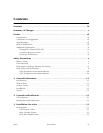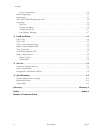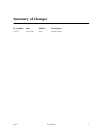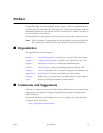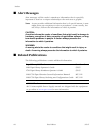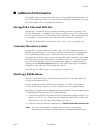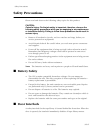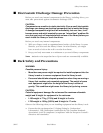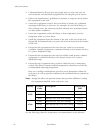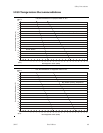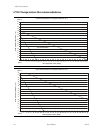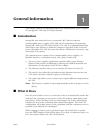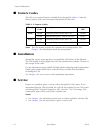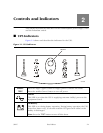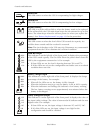
96047 First Edition xi
Safety Precautions
■ Electrostatic Discharge Damage Prevention
Before you touch any internal components in the library, including drives, you
must take precautions against electrostatic discharge (ESD).
CAUTION:
Components are sensitive to static electricity: Even a small electrostatic
discharge can damage an electrical component that is inside the library.
A damaged component might not fail immediately, but over time, it will
become worse and might eventually cause an “intermittent” problem. Be
sure that you touch an unpainted metal surface of the library before you
reach inside the library or touch the drives.
Before you touch any internal components:
1. With your finger, touch an unpainted metal surface of the library. In some
libraries, you can touch the library’s frame. In other libraries, you might
have to touch a bolt on the wall or on the door frame.
2. Keep your body movement to a minimum as you touch library components.
Note: Antistatic wrist straps that have clip-on ends are commercially available.
■ Rack Safety and Precautions
WARNING:
Possible personal injury:
• More than one person might be required to install equipment into the
library’s rack or to remove equipment from the library’s rack.
• Personnel should take adequate precautions when they are moving a
library that contains rack-mounted equipment. The weight of some
rack equipment might alter the height of the library’s center of
gravity. This condition might cause the library to tip during a move.
CAUTION:
Potential equipment damage: Do not exceed the maximum allowable
weight and U-height for equipment in the rack area:
• L180 weight is 77 kg (170 lb) and U-height is 6 units.
• L700 weight is 130 kg (300 lb) and U-height is 17 units.
Observe the following when you are installing equipment into the library’s rack:
• Ensure that the equipment has UL listing (listing by Underwriters’
Laboratories), CSA certification (certification by the Canadian Standards
Association), and CE compliance (compliance with the European Council’s
directives and standards).



